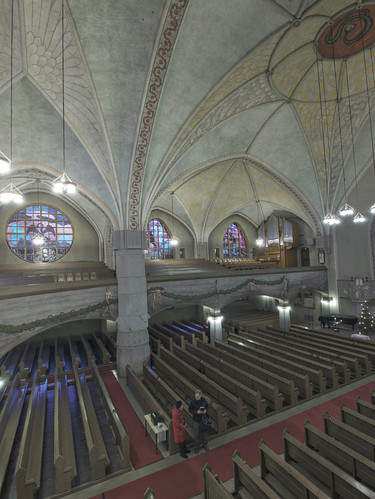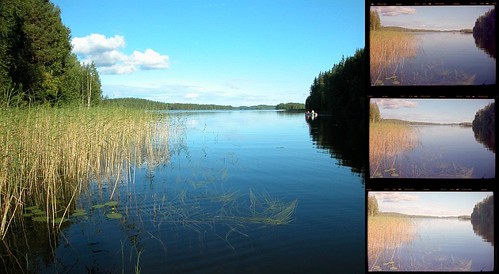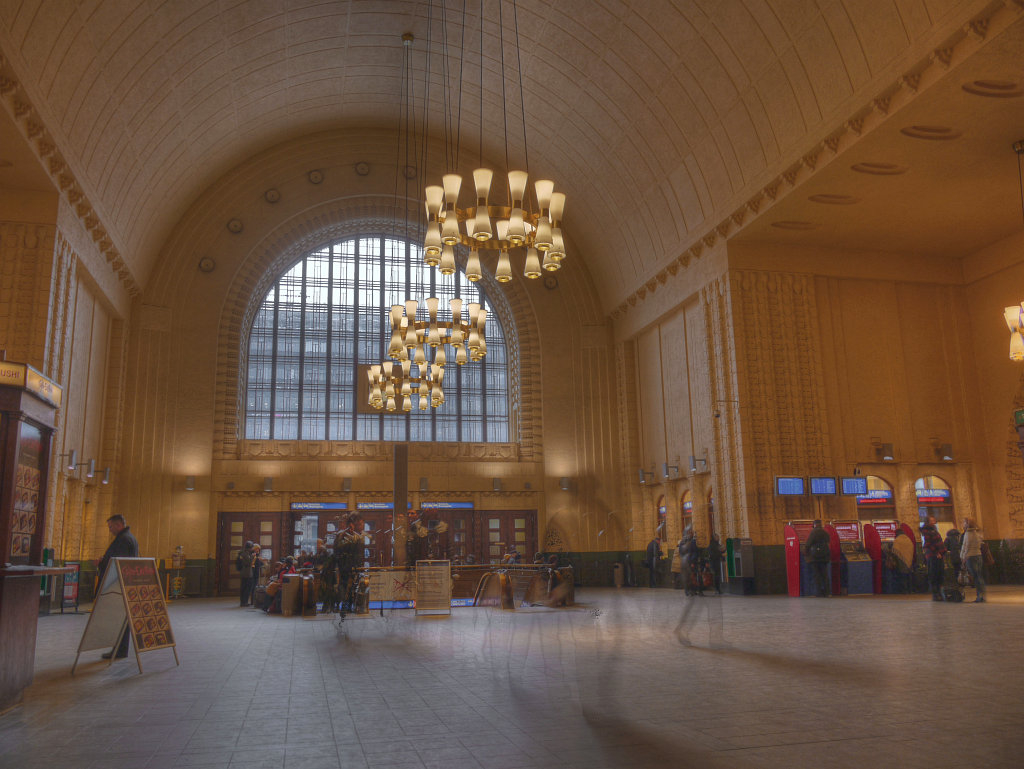Her work as an unknown street photographer is truly interesting to anyone interested in street photography, or in just glimpsing life from that part of time.
 This image is one from that blog, and I also think its an excellent gague in how far photography has (or hasn't) come since that time 40 years ago.
This image is one from that blog, and I also think its an excellent gague in how far photography has (or hasn't) come since that time 40 years ago.This simple image shows how well a simple black and white negative captures interior and exterior light which would be impossible in any current digital camera without resortig to HDRI.
I think it was my second blog post on this blog where I discussed HDRI and negative.
I still feel that negative, especially black and white negative has not only a vast tonal range available to it, but can capture a vast "scene brightness range" which is impossible with digital sensors (though perhaps the Fuji SupperCCD which is used in the S3 and S5 cameras comes close).
Back in my first article however I compared digital to black and white, which I feel made a slightly biased case against HDRI at that time.
Particularly for work in colour.
 This image is a (good?) example of what one can do with HDRI in a challenging indoor lighting when wanting to stay working with colour and not get horrible casts or noisy shadows.
This image is a (good?) example of what one can do with HDRI in a challenging indoor lighting when wanting to stay working with colour and not get horrible casts or noisy shadows.By taking a full range of the light, HDRI has helped to tame the issues of:
¤ the overhead lamps colour temperature
¤ keep some sense of details in the stained glass
¤ even out the tremendous differences in lighting
¤ keep the shadow noise under control
Just quickly, remember that film records light levels as a density range on the film (with negative its clear for no light and gets progressively darker with more light), with digital its just recording numbers representing the photon count at the sensor.
One of the real weaknesses of digital capture is that the count is linear in nature; unlike film which changes density in a logarithmic response to light.
This is actually how our eyes (and our other nerve system responces) work too. I think that almost everyone who has taken a picture outside knows that a camera can not record things both in the sun and under a tree as neatly as we see them.
Certainly Colour Negative film has a much boarder range of tones available to it than does digital, and this is easy to show. The image below is a montage of the digital (JPG) image and the results
of the 3 exposures (reference standard, +1 EV and +2EV) scanned together on my flatbed scanner (all in the same pass, so no individual optimization yet).

Straight away its pretty darn clear that the exposure blew the clouds out on the digital, but even on the 2 stops over exposed image there remains some texture in the clouds. The colours of each of the film shots are quite different to what the camera picked, but then that can be adjusted for (though as it happens I prefer the film look).
So even with a "regular back yard outdoor garden variety photo" such as this, digital just doesn't have the ability to capture the picture.
Ok ... lets be fair here, this digital image was sourced from a in-camera JPG, not taking a RAW image (say, can your camera even give a raw?). If I had taken a RAW then its quite likely that I could have processed this to be better (hint: read my latest blog post about the merits of RAW processing), but still not as good as the colour negative.
So, why not just use HDRI you say? I mean, I've clearly shown it gives better results right?
Well, as with everything there is a catch. HDRI requires you to capture multiple frames of differing exposures to assemble the brightness range that exists in the scene. It builds on the fact that the sensors are linear in capturing the data of the scene and so by capturing multiple images (and RAW is better for this) that with enough images the entire scene brightness can be compiled into a single image.
So as you need at least 2 (and I normally use 3 or 5 RAW captures) nothing better move in the image (including the camera) or you'll get nasty impossible to deal with artifacts.
Like this:

Now, if I was using a negative here then those walkers would either be blurs (not captured ghosts) or simply not appear visibly on the image. Far less disturbing than this. Of course there are some tricks, one can use an ND filter and ISO100 to ensure movement is really motion blurred in shots; that helps a lot.
So if I have come across as a recalcitrant in my blog post from long ago about HDRI I don't really mean to be that way; I do after all embrace new technology. I try to understand it, and make the most of it ... its just that I get tired of hearing how one technology has invalidated another.
Its even more striking to see how 40 years ago, a photograph like the one which I opened this post with can take what can only be equaled by a HDR today. Yet it was taken in a single unobtrusive snap and required little more to produce it than a few cents worth of chemistry to develop and simple apparatus to produce a print. Its worth noting also that the Vivian used a 6x6 roll film camera ... so optical elnargements (or scans of that film) today would likely be better prints than images from many of the common DSLR cameras in the shops.
For colour work I feel that digital has many advantages over colour (not least of which is processing) but for black and white ... well to paraphrase Mark Twain "the reports of the death of negative have been greatly exaggerated"
cos when it comes to black and white film there's life in the old girl yet.











2 comments:
hello... hapi blogging... have a nice day! just visiting here....
hello Hapi
as they say in Finland ... "Kiitos samoin"
which means "thanks and likewise"
Post a Comment